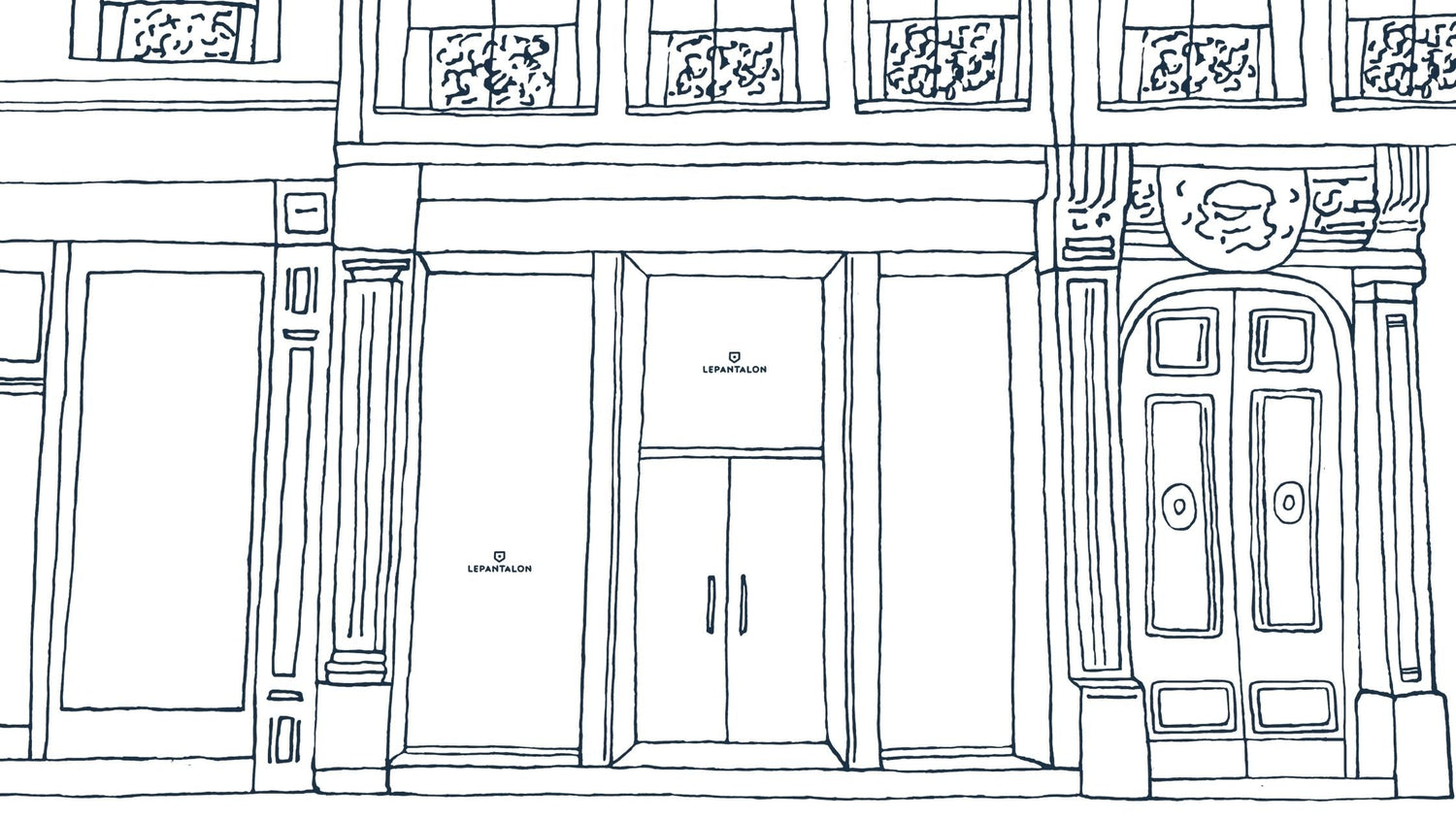The term organic is often associated with the food industry. However, we're referring to cultivation in general, and particularly to that of cotton, the material found in many of our clothes and pants. Organic cotton represents only a tiny fraction of the cotton used in the textile industry. For our part, we wanted to integrate it into our new Responsible Range and aim to use it exclusively. Water consumption, or even processing stages: the secrets of organic cotton for those with an eco-conscious streak.
A LONG-TERM BET 
To make these few terms more meaningful, the best thing to do is to give you some elements of comparison between traditional cotton cultivation and organic cultivation . Firstly, over a growing season, traditional practices allow 500 grams of cotton to be harvested, whereas organic cotton cultivation allows 200 grams to be harvested.
This obviously means a significantly higher productivity than traditional cotton. This is why it is still clearly favored in the textile industry. This productivity is made possible through the use of pesticides and fertilizers. The environmental cost of these practices: a much faster depletion of the soil and its fertility , to the point of rendering it unusable.
These soils are used year-round with no seasonal policy, which means that three years of exploitation require two years to regenerate. The quality of these soils remains weakened, however. It subsequently requires enormous amounts of compensatory water .
Conversely, organic cotton cultivation prefers a crop rotation, namely seasonal work of the land to give it the rest it needs to maintain its fertility. No fertilizers, but natural fertilizers, compost, and manure. No pesticides (and the air quality is even better for animals and us), but beneficial insects and repellent plants. The results are immediate: better water conservation in the soil, resulting in significantly lower consumption.
4 STEPS, ONE RIGOR

Step 1 – After harvesting , there are many important steps to follow. First, after the cotton has been stored and weighed, the ginning machine separates the cotton fiber from its seed . On the one hand, the fiber is compacted into bundles, on the other hand, the seeds will be reused for other purposes. They can be replanted or even fed to animals.
Step 2 – In its pure state , cotton fiber is coarse and irregular. The challenge is to transform it into very fine thread , which will be suitable for weaving. To achieve this result, the fibers are twisted together in two stages. First in a coarse manner, then more intensely to produce this famous thread. Each knitting machine then requires nearly 100 spools of this thread to produce a raw fabric.
Step 3 – To give it a beautiful color , there is the dyeing stage in a single (giant) machine. This is completed by several dryings and tests . We then ensure that the colors are indeed fixed. The difficulty is obviously to find exactly the color that we imagined for our pants. A headache for the chemists tasked with recreating the coloring substance.
Step 4 – The final stage of production is the one that will allow our garment, and more specifically our trousers, to come to life . It obviously includes the sewing stage , but before that there is the cutting according to the pattern. Then comes the assembly , this is for example where the famous leather jacron comes to fit the back of our trousers. On our new responsible range , they are made from factory leather scraps.

The responsible LePantalon range
If this article were a song


